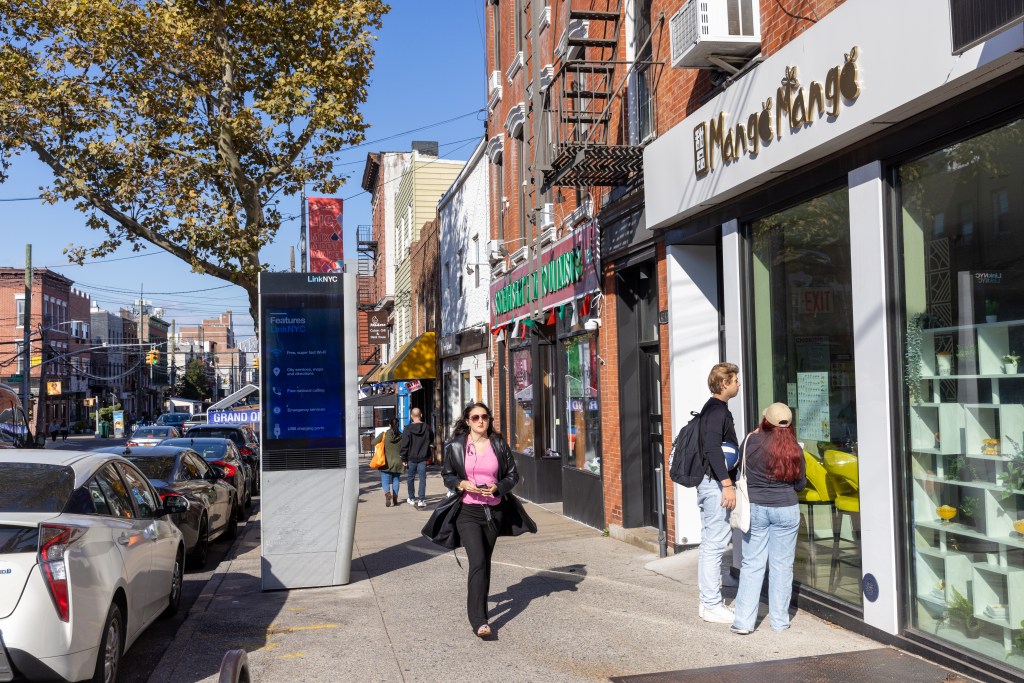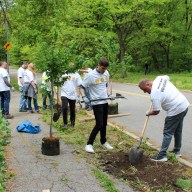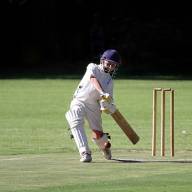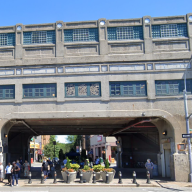Health Dept. Urges Lung Disease Screenings
In advance of World Tuberculosis (TB) Day, the Health Department released data last Thursday, Mar. 20, showing an increase in the number of TB cases in New York City for the first time in a decade.
The new data show TB cases increased one percent from the previous year, from 651 cases in 2012 to 656 in 2013. The increase is an indication of a slowing down in the decline of cases resulting from the changing patterns of TB in NYC.
While the focus has been on controlling TB transmission in New York City predominantly in the USborn, in 2013, 84 percent of total TB cases in New York City were among individuals born outside the United States. In addition, the rising diabetes epidemic and use of medications that can weaken the immune system may also contribute to new cases.
The Health Department is working with healthcare providers and the community to promote TB screening and introduce new technology for more efficient and effective treatment regimens.
“The burden of TB in NYC now disproportionately affects persons from countries with high TB incidence. Many are likely infected in their country of origin and developed TB after entering the US,” said Health Commissioner Dr. Mary Bassett. “Certain chronic diseases can put individuals at increased risk for reactivated TB disease. It is important for healthcare providers to “think TB” and test and treat persons who are at risk for TB infection and TB disease.”
She added, “If you come from a country where TB is common and have a medical condition such as diabetes or HIV, or are on medication for inflammatory conditions, ask your provider to test you for TB.”
The TB rate in NYC remains unchanged at 8.0 per 100,000 but is still more than twice the 2013 national rate of 3.0 per 100,000 (provisional). New York City has one of the highest rates of TB in the United States, with some of the highest rates concentrated in Sunset Park (19.7 per 100,000), West Queens (18.9 per 100,000) and Flushing (15.1 per 100,000).
While TB can affect anyone, some people are at higher risk for progressing to active TB once infected. These include people with a weakened immune system as a result of diabetes, HIV, or special medications (e.g., TNF-alpha blockers) or people who smoke. About 10 percent of TB cases globally are linked to diabetes, and nine percent of New Yorkers with TB also have HIV.
TB disproportionately affects foreign-born individuals and those living in high poverty or very high poverty areas at the time of TB diagnosis. The top five countries of origin among foreign-born persons with TB were China, Philippines, Bangladesh, Mexico, and the Dominican Republic.
Additionally, more than half of NYC TB cases (53 percent) lived in high poverty or very high poverty areas .
Approaches to control TB
The Health Department continues to introduce various approaches to enhance its TB services and address the plateau in case rates. Treatment for TB is long, generally requiring ingestion of multiple drugs for six to nine months, ideally under direct face-to-face supervision.
In 2013, the Health Department introduced the use of video conferencing via smartphones to monitor treatment of TB patients, allowing a more efficient and less intrusive process for observing patients ingest their medication. The Health Department is also offering a new, once-weekly, abbreviated regimen for TB infection, which patients can complete in 12 weeks instead of the previous nine months daily regimen.
This year, the Health Department will begin to routinely offer a blood test for TB infection in the homes of individuals exposed to TB, making it more convenient for the patient and efficient for the staff.
About tuberculosis
Tuberculosis, or TB, is a serious disease caused by the bacterium Mycobacterium tuberculosis, which can be present as either infection or active disease. TB infection means that TB bacteria are living in the body but not causing any symptoms.
People with TB infection are not sick, do not have symptoms, and cannot spread the disease. TB disease is spread from person to person through the air, and usually affects the lungs.
When a person who is sick with TB coughs, sneezes, or speaks, they put TB germs in the air. Other people may breathe in the TB germs, and some may become sick. People usually get TB germs in their bodies only when they spend a long time around someone who is sick with TB-for example, if they live or work with someone with TB every day.
Brief contact with people who are sick with TB (such as on trains or buses) is unlikely to give a person TB. TB is not spread by shaking hands, sharing food or having sex.
Most people do not know they have TB until they become sick. That is why it is a good idea for people at high risk for TB to get tested. With proper care and treatment, TB can be prevented and cured.
Some people are at higher risk for getting TB. These people should be assessed for TB:
– those who have spent a long time around people with active TB;
– family members, friends and coworkers of people with active TB;
– people who have recently arrived in the U.S. from countries with high rates of TB;
– people who have worked or stayed in hospitals, jails/prisons, homeless shelters or nursing homes;
– people with certain medical conditions;
– people with weak immune systems, especially those with HIV infection, or very young children;
– people with diabetes, chronic kidney failure, some cancers or other medical conditions;
– people who are injection drug users;
– people who have received an organ transplant;
– people who take certain medicines that suppress the immune system, such as chemotherapy for cancer, steroids, or TNF-alpha blockers for osteoarthritis; and
– people who have a chest X-ray with evidence of old TB disease.
The Health Department offers free, confidential TB testing for those at risk and state-of-the-art TB treatment. Treatment is available across the city and is open to all, regardless of immigration status or ability to pay.
To view the 2013 Annual Summary report, visit https://www.nyc.gov/html/doh/downl oads/pdf/tb/tb2013.pdf.
For more information, call 311 or search TB at www.nyc.gov.





























